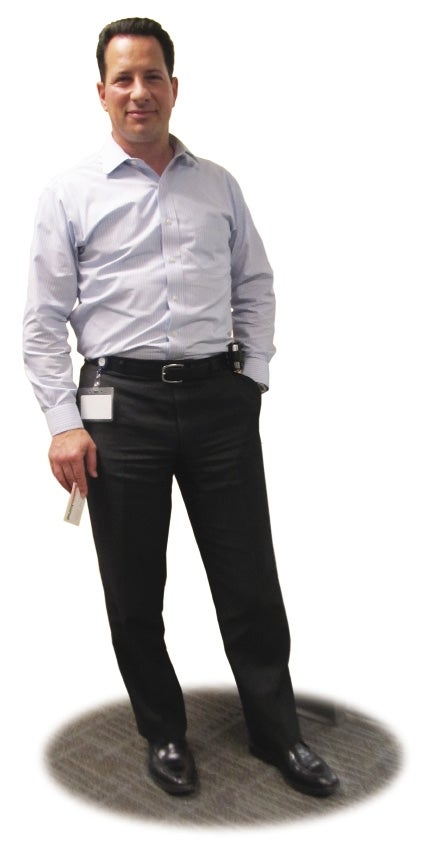
Q&A With Doron Kempel Of SimpliVity
 Doron Kempel, Chairman
and CEO, SimpliVity, Westborough
Doron Kempel, Chairman
and CEO, SimpliVity, Westborough

He served as a major in the Israeli armed forces, then moved into the world of U.S. business, which included a stint as a vice president at Hopkinton-based EMC. Kempel has founded two companies: Diligent Technologies, which was acquired by IBM, and SimpliVity, of Westborough, which recently received $58 million in venture funding to help capitalize an expansion. SimpliVity is all about helping customers simplify their technology infrastructures. And apparently, the potential pool of customers is big, according to Kempel, who is often on an airplane traveling to see customers or potential investors.
When it comes to IT infrastructures, how did things get so complex? Does it have to do with a lack of sufficient knowledge on the user end?
There is so much room for improvement.
If you look about 30 years back, we had a mainframe, and the mainframe was a monolithic system. It was a very impressive technology, and it included all the dimensions that are part of computing in one container delivered by one company — say, IBM. And then there are other companies that offer IBM-like or mainframe-like systems. Basically everything was in that system, it was centralized, it was closed and it was fully integrated. Those were the three main characteristics.
And then over the course of the next 30 years, each and every one of (those) elements became a sector in IT in and of itself (such as networking and storage). Today you need to manage up to 12 to 14 different products. And the vendors organized themselves similarly. Now we have a marketplace that is organized in a manner that is parallel to the way computing has developed over the past 20 or 30 years. IT became fragmented, so that each and every element of the mainframe is a separate product. (But) customers still want to eliminate vendor “lock in.” A lot of the products that are outside the mainframe today have reached a point where (vendor) differentiation is very limited. Basically, they've reached a point of commoditization. But you're still organized around all those different products. So, we got to a point where the complexity is no longer reasonable and that means that something needs to change.
You have big plans for your company for 2014 after you received $58 million in new investment. What do you plan to do with that?
Our plan is to grow the company: personnel by (three times) and the top-line sales by (five times). It's a significant undertaking.
Where do you see the greatest growth potential?
Global. The technology is ubiquitous in the sense that it's applicable (to) small, medium, large and very, very large customers. And it's applicable across a gamut of use cases. So I would say that wherever there are x86 (architecture) resources —in other words, wherever there are Intel processors spinning or processing — we can apply our technology. We want to simplify IT so that it's almost like LEGO (building blocks), and (you can) build whatever you want from an IT perspective.
How did your military background prepare you for your roles in business, both as an executive and as an entrepreneur and leader?
I think that like any domain where somebody needs to be focused, deal with challenges, prepares the mind and prepares the soul.
How do you keep up with the ever-changing information technology trends?
I probably don't keep up. We need to prioritize to determine what (is) most important to us. We try to stay attuned to what's going on. We make sure that our strategies, our plans (and) our actions are aligned with them.
Video









0 Comments